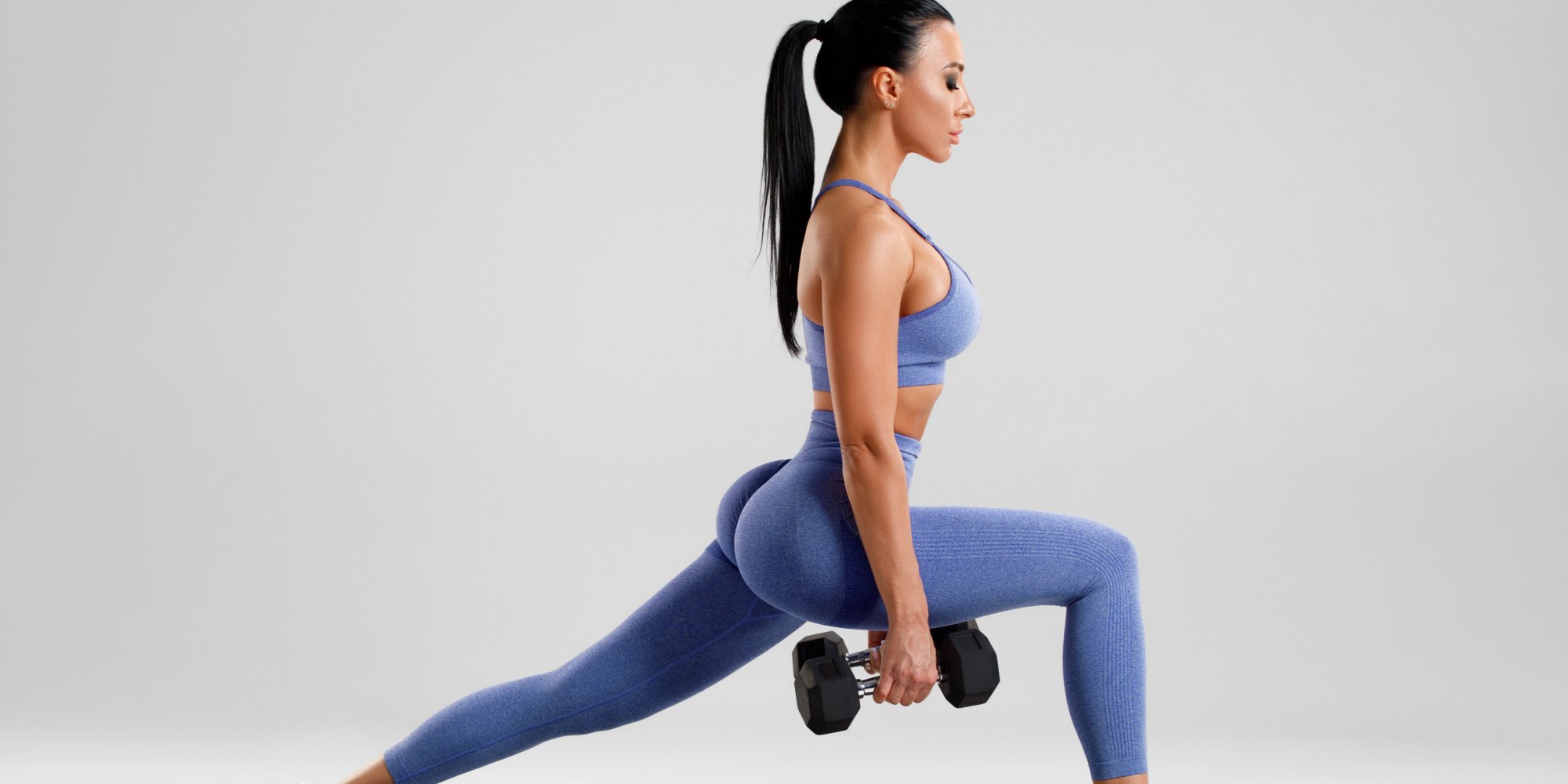Building Your Glutes and Hamstrings
Oct 6, 2023 mindpumpBuilding up the glutes and hamstrings is super underrated. The women usually want to build their butt, but not many want big hamstrings. Building both is crucial from an overall balance standpoint and injury prevention. We don’t realize how important these muscles actually are for keeping you mobile and strong.
The Exercises
Here are your best exercises for building the glutes and hamstrings.
Deadlifts – this targets both muscles along with your lower and mid back. You can do many variations of this depending on if you wanna favor more hamstring or glute. If it is more glute try a sumo deadlift, if it is hamstrings try a regular deadlift or a Romanian deadlift.
Squats – The squats believe it or not engage some glutes and hamstrings. Where you are going to see the most activation is at the bottom. This is probably why most people don’t THINK it helps. You would need to achieve a very deep bottom position in the squat. I’d even recommend going lighter and pausing for 2-3 seconds to really feel the glute and hamstrings stretch under tension.
Hip Thrusts – This will emphasize the glutes the most. It’ll give you a great contraction at the top allowing you to really engage the glutes fully. This is a really good isolation exercise if you struggle to feel it in your glutes.
Glute Bridges – Think of these as the regression to hip thrusts. If you don’t need to add weight just yet, then you can start with glute bridges.
Lunges – Again, similar to the squats, going deeper will cue up the glutes and hamstrings more. Bulgarian lunges are a good example of a lunge that will hit more glute. You can also change the plane with which you hit the glutes slightly differently. You could do a front, rear, or side lunge.
Leg Curls – Any leg curl machine will isolate the heck out of the hamstrings. I always get the best pump and activation when doing a seated or lying leg curl. Just make sure you squeeze at the contraction, and slowly control the lowering of the movement.
Progressive Overload and Nutrition
Now that you have the exercises, you have to make sure you are adding 5 pounds more or doing 1 rep more than the week before. Choose a rep range you can stick to for 4-6 weeks, and select a weight you can hit the top end of that rep range and feel like you had 1-2 reps left before you couldn’t move it anymore. This will ensure you are selecting a challenging enough weight to stimulate muscle growth but not overdoing it.
Make sure you are eating in a surplus of calories to repair and grow muscle. Eat 1 gram per pound of muscle and get the remainder of your calories through your preference of carbohydrates and fats. Make sure to stick to mostly whole foods.
If you feel you are starting to get tight, be proactive and include some mobility work on your off days. This will help keep the muscles loose, and allow you to continue to keep proper form and achieve full range of motion on all lifts even as you move the weight up. It will also help reduce the risk of injury.







